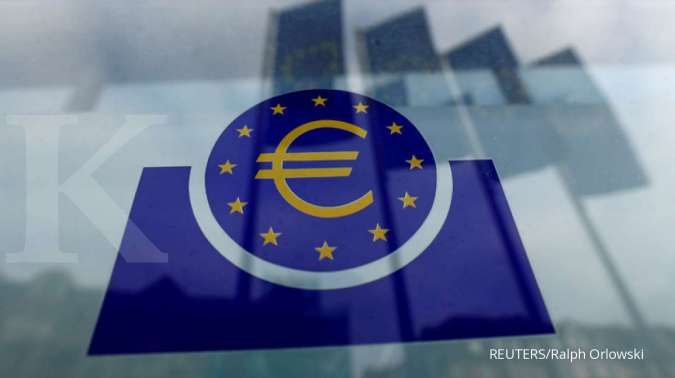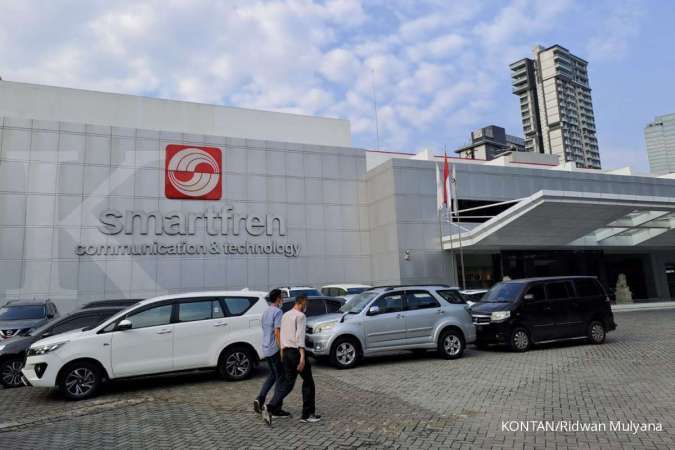KONTAN.CO.ID - - The U.S. bond market is calling a moment: the age of low-interest rates and inflation that began with the 2008 financial crisis has ended. What follows is unclear. The market's view has come into sharp focus in recent days amid a dramatic run-up in 10-year Treasury yields US10YT=RR that hit 16-year highs. Behind that move is a bet that the disinflationary forces the Federal Reserve fought with its easy money policies in the aftermath of the financial crisis have abated, according to investors and a regularly updated New York Fed model based on yields.
Instead, it shows investors have come to believe that the U.S. economy is probably now in what a regional Fed president said may be a "high-pressure equilibrium," characterized by inflation running higher than the Fed's 2% target, low unemployment rates, and positive growth.
Baca Juga: Top House Republican McCarthy Vows to Survive Ouster Threat for Avoiding Shutdown "We have moved into a new era here," said Greg Whiteley, a portfolio manager at DoubleLine. "It's not going to be a matter of struggling to get the inflation rate higher. It's going to be working to keep it down." This momentous shift in the outlook for rates has profound implications for policy, business, and people. While higher interest rates are good news for savers, businesses and consumers have become used to paying nothing for money over the past 15 years. The adjustment to a higher-for-longer rate environment could be painful, manifesting in failed business models and unaffordable homes and cars. It could also force the Fed to keep raising rates to the point something breaks again as three U.S. regional banks did in March. Minneapolis Fed President Neel Kashkari wrote last week that if the economy was in a high-pressure equilibrium, the Fed would "have to raise rates further, potentially going significantly higher to push inflation back down to our target." He assigned a 40% probability to such a scenario. Kashkari did not respond to a request for comment.
Baca Juga: Singapore Exchange Launches its First Ammonia Futures Contracts READING YIELDS
A market-based Fed model that breaks down the 10-year Treasury yield into its components provides further insight into investors' thinking. In recent days, one component of yields -- a measure of the compensation investors demand to lend money for the longer term -- turned positive for the first time since June 2021, according to the Adrian, Crump, and Moench (ACM) model. This rise in term premium, which spent much of the last decade below zero, reflects high levels of uncertainty about economic outlook and monetary policy, investors said. At the same time, the second component of yields in the model -- what the market pricing implies short-term interest rates will be in 10 years -- has also risen rapidly in recent months, reaching around 4.5%. That shows investors believe the Fed funds rate, which is currently in the 5.25%-5.50% range, will not come down much in the coming years. The higher rate outlook feeds back into the term premium, which had been kept low in part because the Fed became a massive buyer of bonds to stimulate the economy after it could no longer cut rates because they were already at zero. Higher rates going forward would mean the Fed will have more room to adjust policy through tweaks in interest rates alone, with some investors believing that policymakers would retire quantitative easing as a policy tool. The Fed has been selling bonds that it bought, slowly shrinking its balance sheet.\
Baca Juga: Nobel Prizes: Kariko and Weissman, Pioneers of COVID Vaccine, Win Medicine Award "A very deep-pocketed Treasury investor is leaving the market little by little," said Emanuel Moench, one of the authors of the Fed model who is now a professor at the Frankfurt School of Finance and Management. "That should add to some uncertainty around the likely path of Treasuries."
"SPITTING IN THE DARK"
The higher short-term rate also reflects the belief that structural shifts -- from deglobalization to lower productivity and an aging population -- have pushed up an elusive theoretical interest rate at which growth neither accelerates nor slows, while there is full employment with stable prices. It's called the neutral rate, or r-star. "The r-star over the long-term is probably higher than the Fed thinks it is," said John Velis, forex and macro strategist for the Americas at BNY Mellon. "The disinflationary impulse of the post-GFC (global financial crisis) period is over." While the market appears to be confident in its belief in the end of the era of zero interest rates, it is far less so about the economy's actual likely path. The neutral rate, for example, determines whether the Fed's policy rate will slow down or stimulate the economy, but no one really knows what it is until something breaks. Estimates vary widely.
Baca Juga: Xinyi Glass Aims to Invest $11.6 Billion in Batam: Here's Their Financial Condition "The problem with the neutral rate is that you don't really know what it is until you pass it," said Leslie Falconio, head of taxable fixed income strategy at UBS Global Wealth Management. The age of uncertainty has dawned among monetary policymakers, too. A San Francisco Fed study in August that developed an index to capture the level of disagreement among policymakers on their economic projections showed it had increased to above the average pre-pandemic levels by June. BNY's Velis said the current bond market pricing would imply investors think the probability of a high-pressure equilibrium scenario is greater than where Kashkari put it. But when asked whether there was a way to quantify it, Velis demurred. "Any attempts would be like spitting in the dark," he said.






